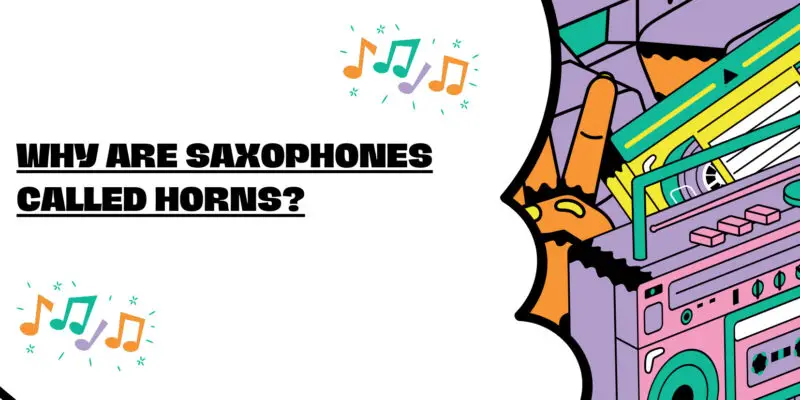The saxophone is a unique and versatile musical instrument known for its distinctive sound and wide range of applications in various musical genres. While the term “saxophone” is widely accepted to refer to this instrument, it’s often colloquially referred to as a “horn.” In this article, we’ll explore the historical and cultural reasons behind the saxophone’s nickname as a “horn.”
- Brass and Wind Instruments
To understand why saxophones are often called “horns,” it’s essential to delve into the world of musical instrument classification. Traditionally, musical instruments have been categorized into two main groups: brass instruments and wind instruments.
Brass instruments typically include instruments like trumpets, trombones, and French horns. They are characterized by the use of brass materials and are played by buzzing the lips into a cup-shaped mouthpiece. The sound is produced by the vibration of the player’s lips.
Wind instruments, on the other hand, encompass a broader category that includes instruments like flutes, clarinets, and saxophones. These instruments are played by blowing air through a reed or across an open hole to produce sound.
- Saxophones: A Unique Hybrid
The saxophone is a bit of an anomaly in the world of musical instruments because it combines elements of both brass and wind instruments. The saxophone has a brass body, but it uses a single reed mouthpiece, similar to those found on woodwind instruments like clarinets and oboes.
This hybrid nature of the saxophone has led to its association with both brass and wind instruments. The brass body gives it the appearance of a brass instrument, while the use of a reed and the act of blowing air into it align it with wind instruments.
- Historical Origins and Terminology
The term “horn” has a long history in the world of music and is often used broadly to refer to any wind instrument with a conical shape, regardless of the material. This includes instruments like French horns, which are made of brass, as well as saxophones and clarinets, which have a similar shape but are made of wood or metal.
The saxophone, invented by Adolphe Sax in the early 1840s, was initially marketed as the “saxhorn” to emphasize its relationship with brass instruments. Over time, however, it became clear that the saxophone’s unique characteristics warranted a category of its own. It was then referred to simply as the “saxophone.”
Despite this, the colloquial use of “horn” to describe saxophones persisted, likely due to the instrument’s shape and the historical association with brass instruments. Musicians and enthusiasts often use the term “horn” to refer to the saxophone informally.
Conclusion
The saxophone’s nickname as a “horn” is a result of its unique place in the world of musical instruments. It combines elements of both brass and wind instruments, and its historical association with brass instruments has contributed to the use of the term “horn” to describe it informally. While “saxophone” is the correct and widely accepted term, the use of “horn” as a nickname reflects the instrument’s rich history and its distinctiveness in the world of music.


